If your Surface is not detecting an external monitor, you may have a video cable or adapter issue. You will need to get a new video cable and the correct Surface adapter.
Start by plugging the USB-C end of the dongle or adapter into one of the USB-C ports on your Surface device. Then plug the other end into your monitor.
Table of Contents
1. HDMI:
If you have a Surface device with a USB-C port, you can use it to connect an external display to your computer. You will also need a cable or adapter that supports the type of video connection on your external display or TV.
Plug one end of the HDMI cable into the USB-C adapter. Plug the other end of the cable into the HDMI port on your monitor. Turn on your monitor and your Surface.
When you choose to project, a menu appears on your Surface screen. You can select Duplicate (all screens show the same content) or Extend (your Surface screen shows a full-size app and the external display is a duplicate).
To disconnect, click the Windows Key and P on your keyboard. You might have to restart your external monitor and your Surface device.
If your monitor stops responding, you might have to change the projection mode on your other screen. You might need to reset your video adapter or cable if that doesn’t help.
2. DVI:
Some older monitors require a DVI cable. You can use an active Mini DisplayPort to DVI adapter (like this one from Belkin) with Surface devices.
You’ll need an active adapter because passive ones don’t have a built-in circuit that converts mDP signals to HDMI or DVI.
Connect the smaller end of the dongle or adapter to one of your Surface’s USB-C ports. Then, plug the other end of the cable into your monitor.
You may need to press the Windows key and P together to see a list of available options. Select the name of the external monitor, and then choose Detect or Change projection mode.
You may also want to choose to Allow mouse, keyboard, and touch input from this display if you plan to use your Surface’s mouse or keyboard while projecting to the monitor.
After you’re done, click Disconnect. Then you’re ready to start using your Surface with the external monitor. This is known as a simultaneous display.
3. VGA How to Connect Monitor to Microsoft Surface:
The easiest way to connect a VGA monitor is using Microsoft’s own Surface dock. This frees up your Surface’s USB-C port and offers additional features like ethernet and USB-A ports. Alternatively, you can also use an external display dock or a USB-C to VGA adapter.
If your Surface can’t detect the external monitor, there may be compatibility issues or an incorrect connection.
In some cases, the drivers or operating system files might be corrupted. To resolve these issues, update the appropriate software on your computer. Driver updates usually come together with the optional Windows updates.
Depending on the type of external screen, you might need an HDMI or a Mini DisplayPort cable and adapter.
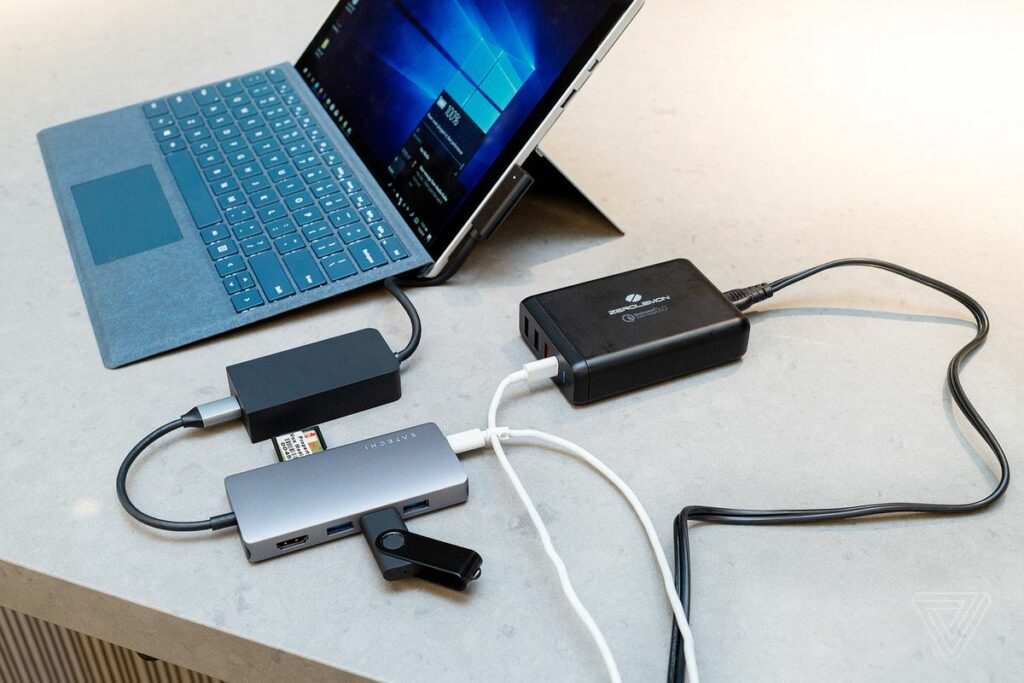
Make sure the adapter is an active one that can convert mDP signals to HDMI or DVI. If you’re using a daisy-chained setup, make sure that the last adapter supports mDP 1.2 Multi-Stream Transport (MST). This will ensure that all the monitors in the chain support video resolution and timing.
4. DisplayPort How to Connect Monitor to Microsoft Surface:
If you have a Surface device with a Mini DisplayPort connector, you can connect it to an external VGA monitor or projector.
You’ll need this Cable Matters Active Mini DisplayPort to DVI Male to Female Adapter (affiliate link) and a VGA cable. Plug the adapter’s USB-C end into a port on your Surface device or docking station, and then plug the other end of the cable into the video output port on your screen.
Make sure you have the latest available drivers for your graphics card and that Windows is fully updated. You can check for updates by going to Settings, then Update & Security, and then clicking the Check for Updates button.
You might need to restart your computer once the driver and OS updates are installed. If you still have trouble connecting to an external monitor, try clearing your Display Cache settings. This might fix the problem by removing corrupted configuration and connectivity settings.
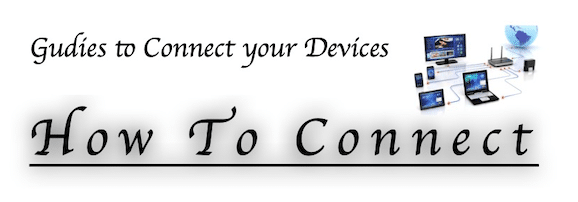
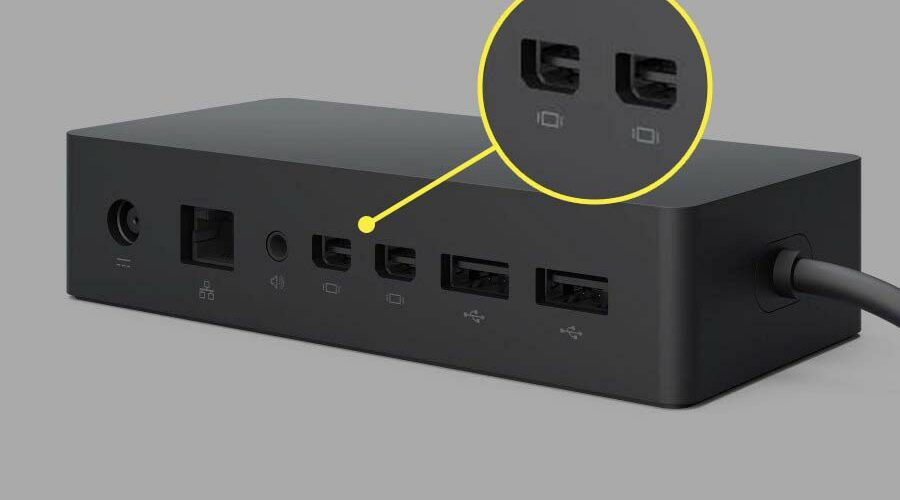
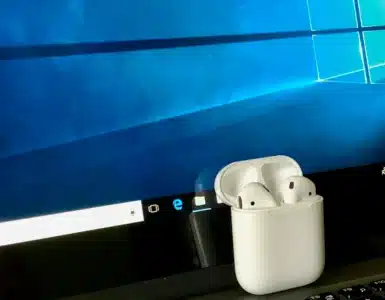
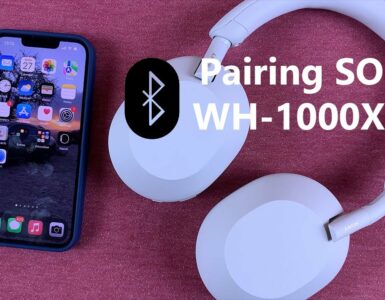

Add comment